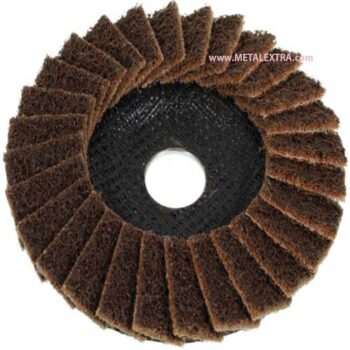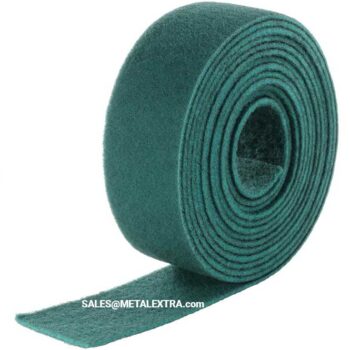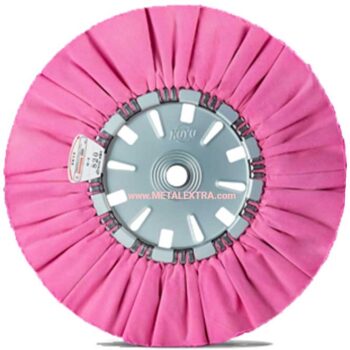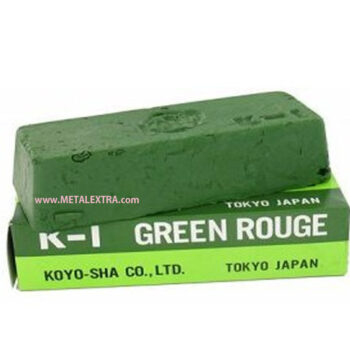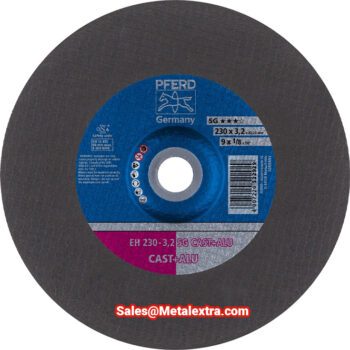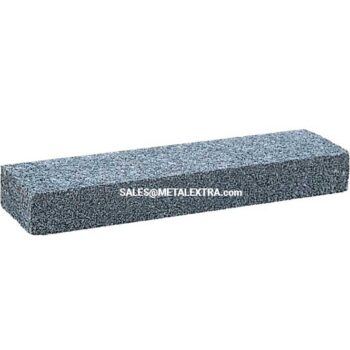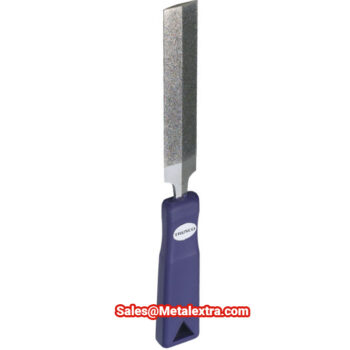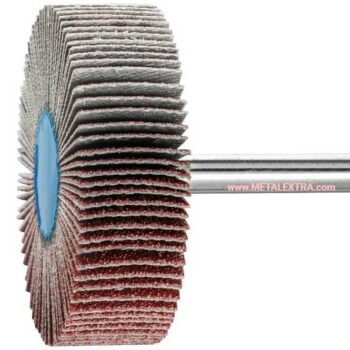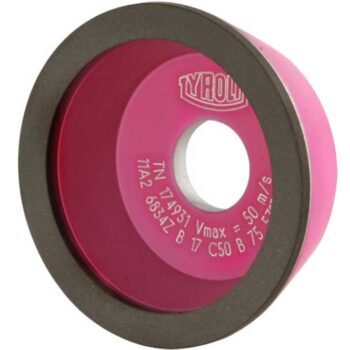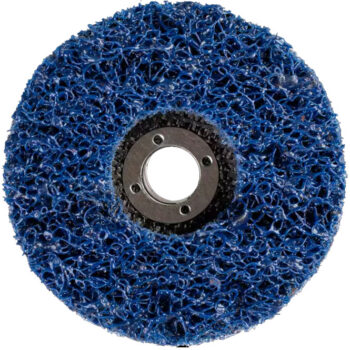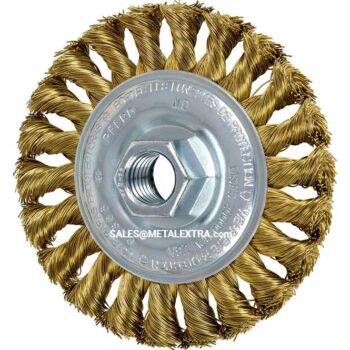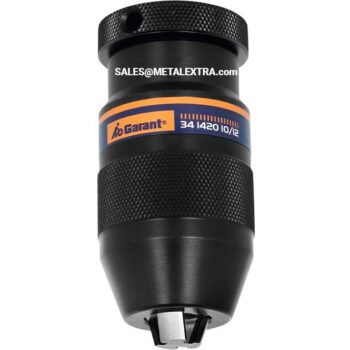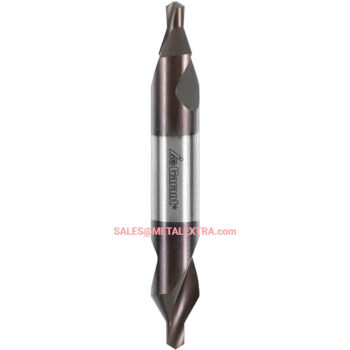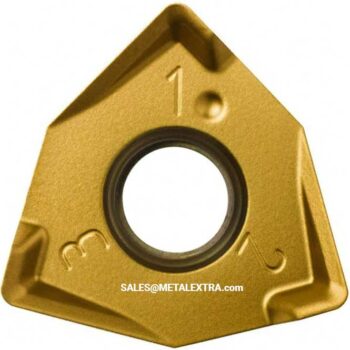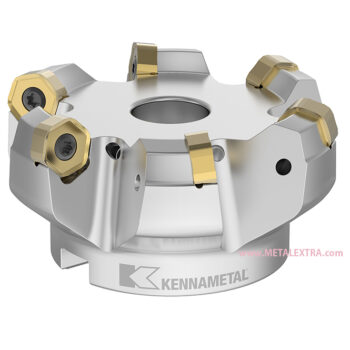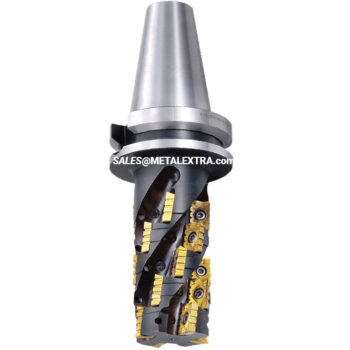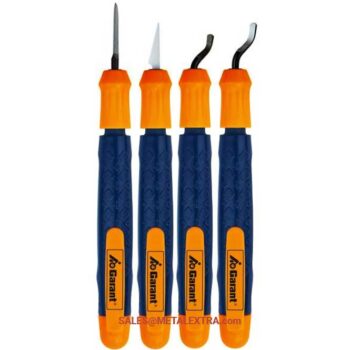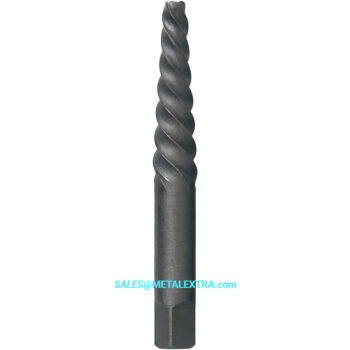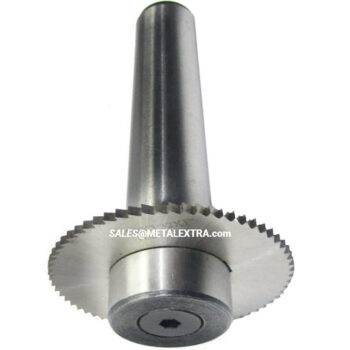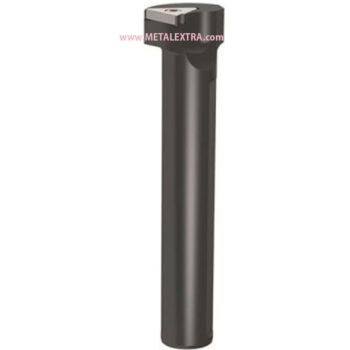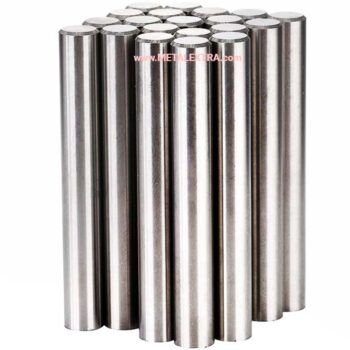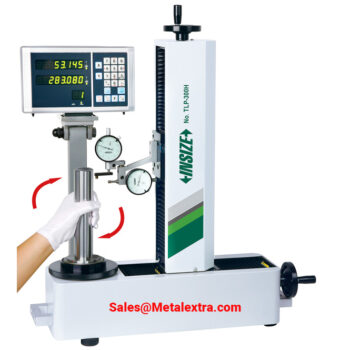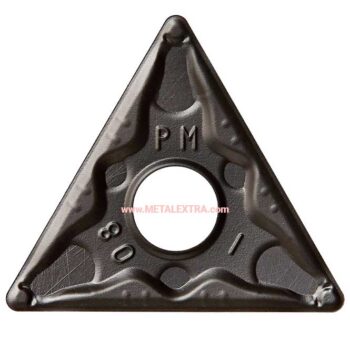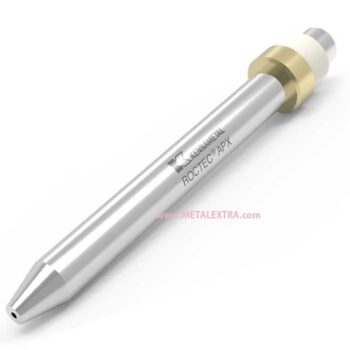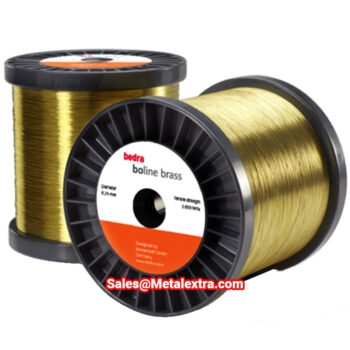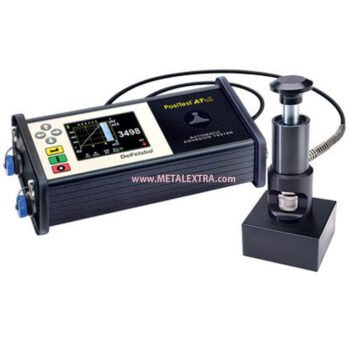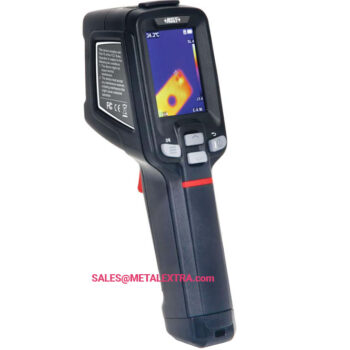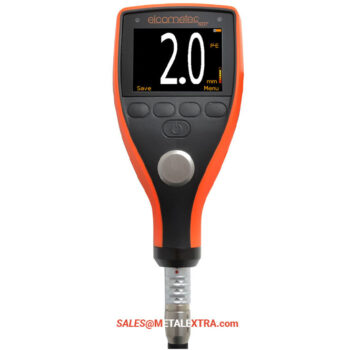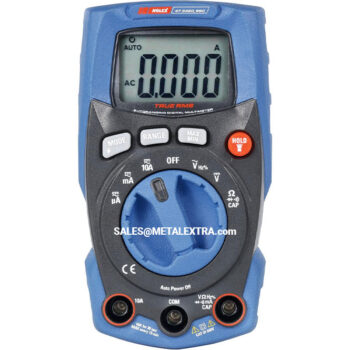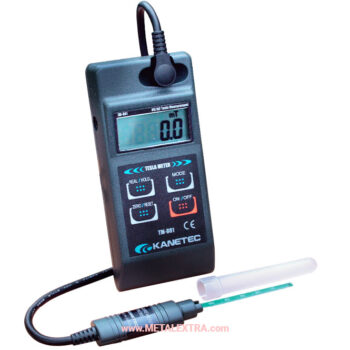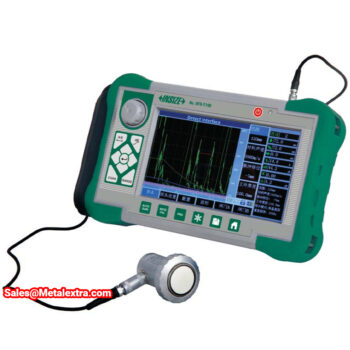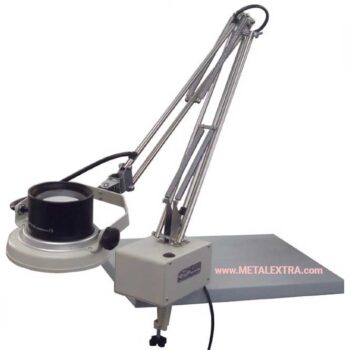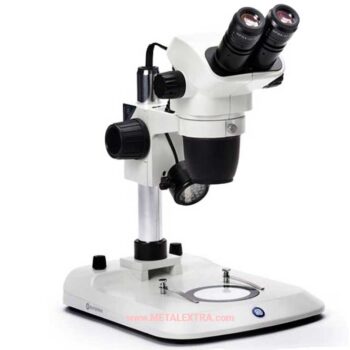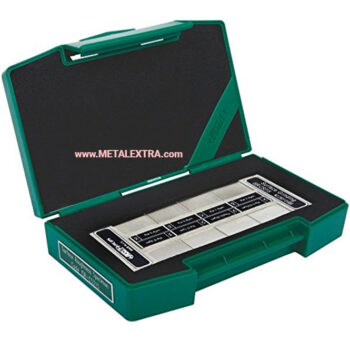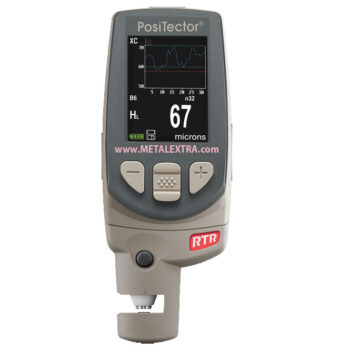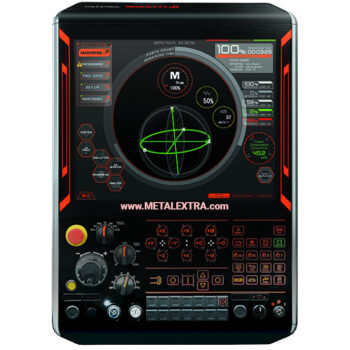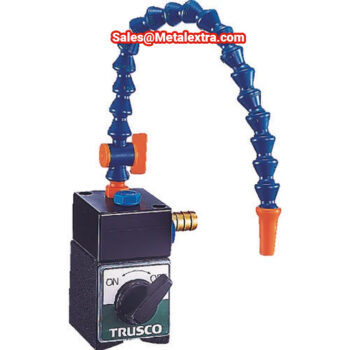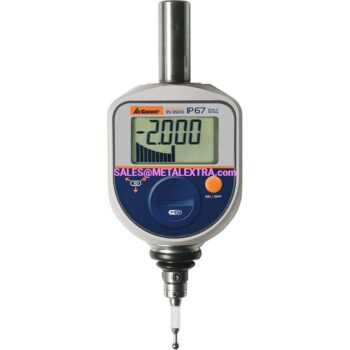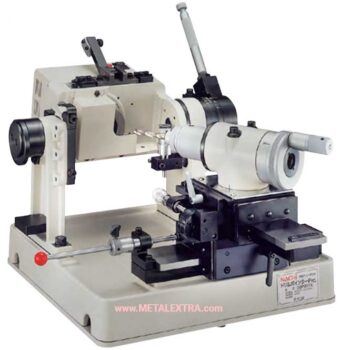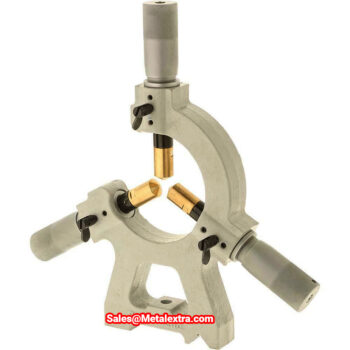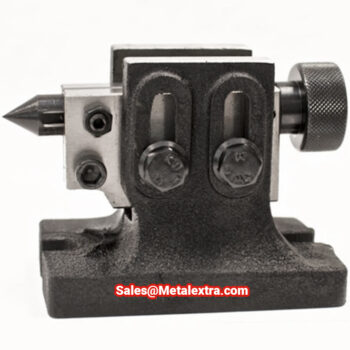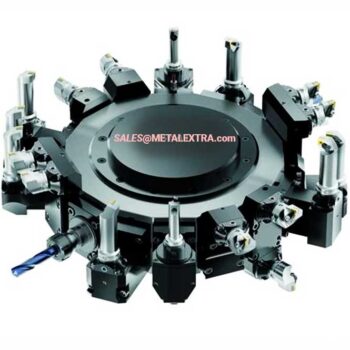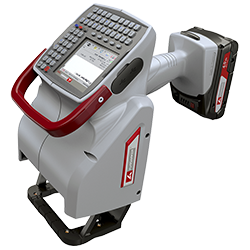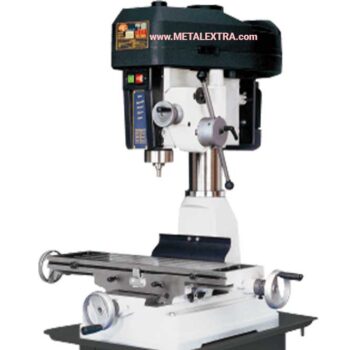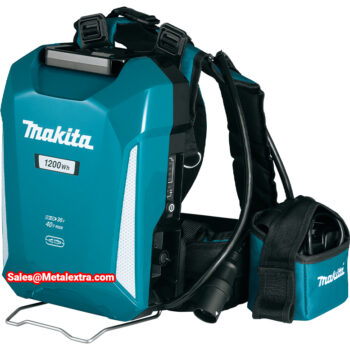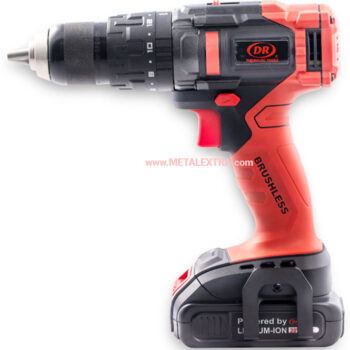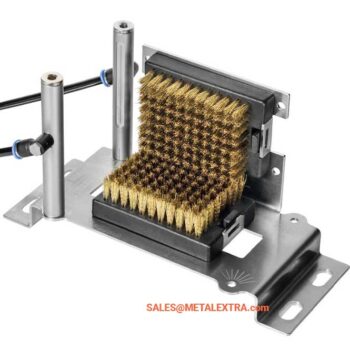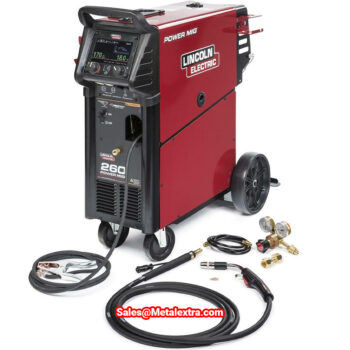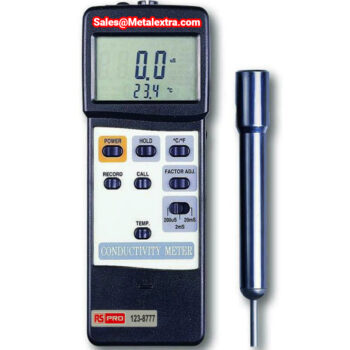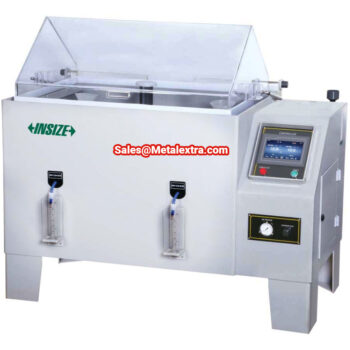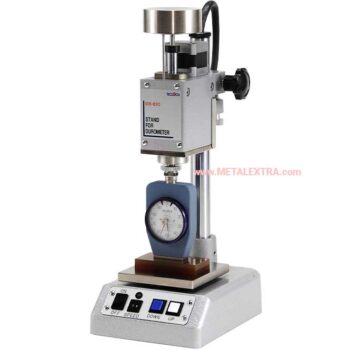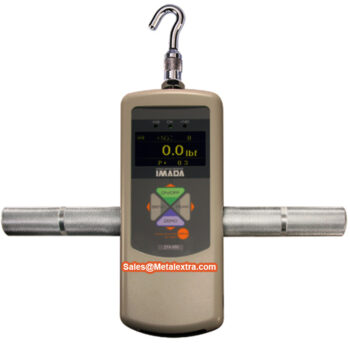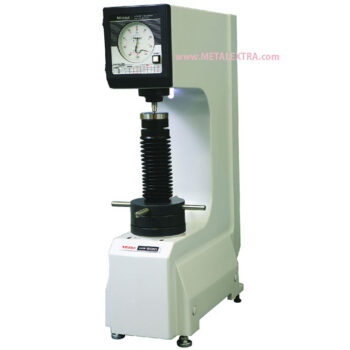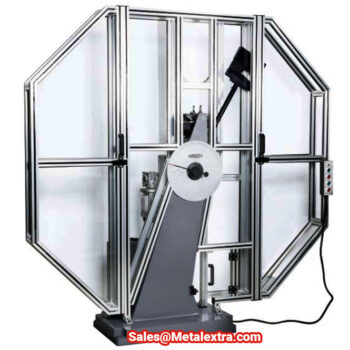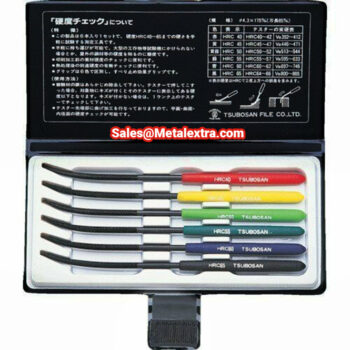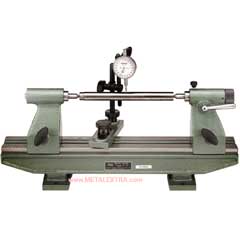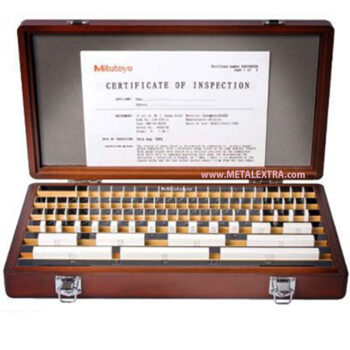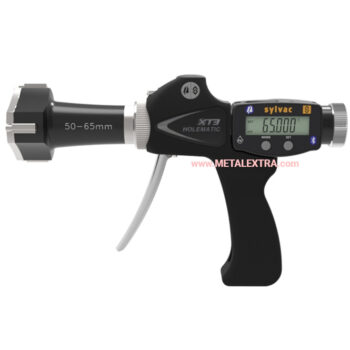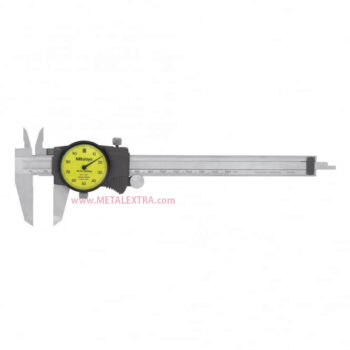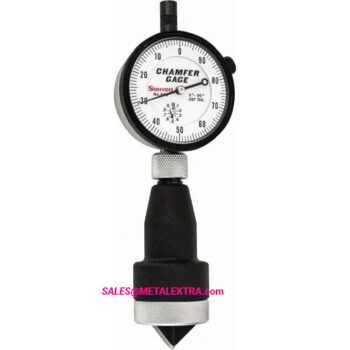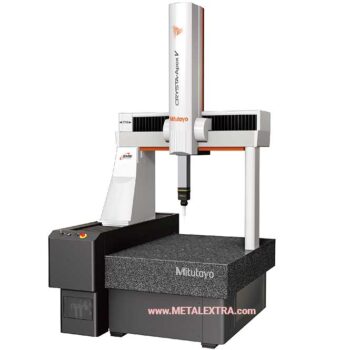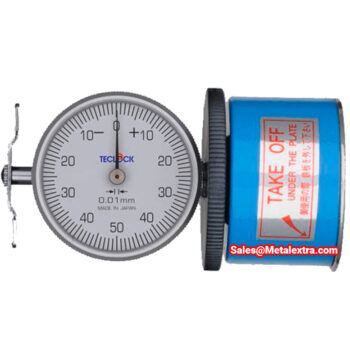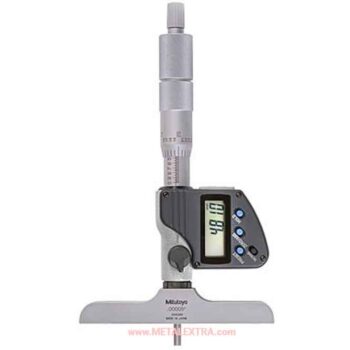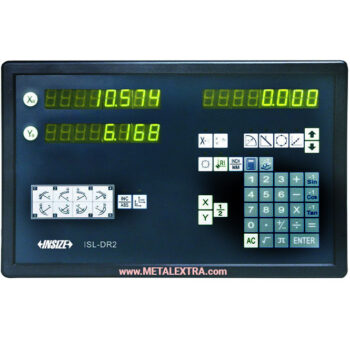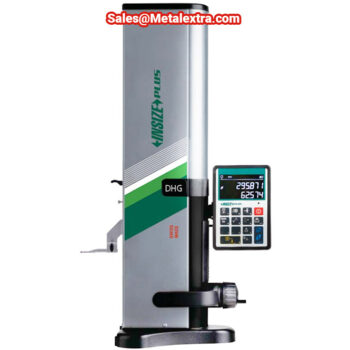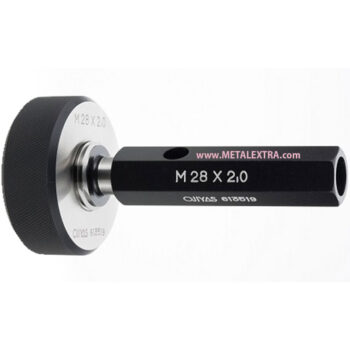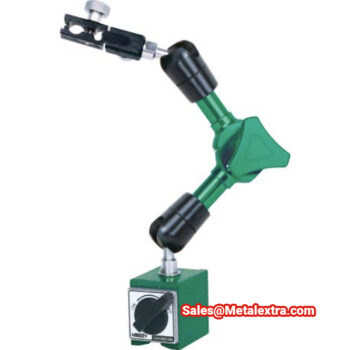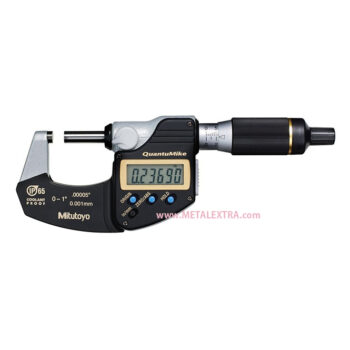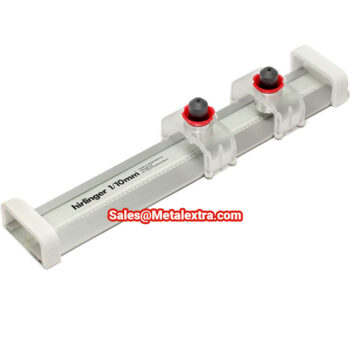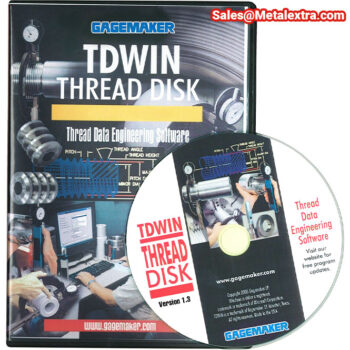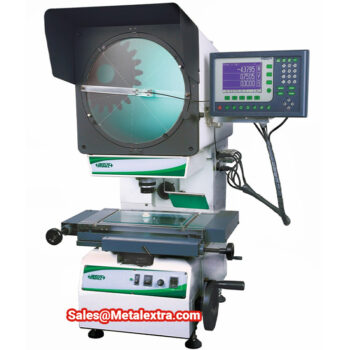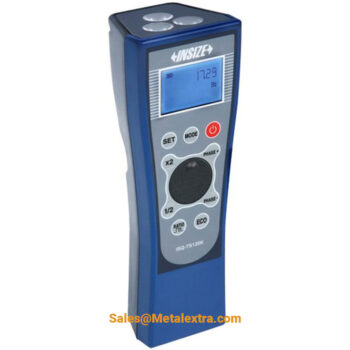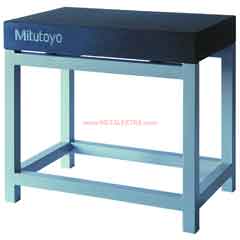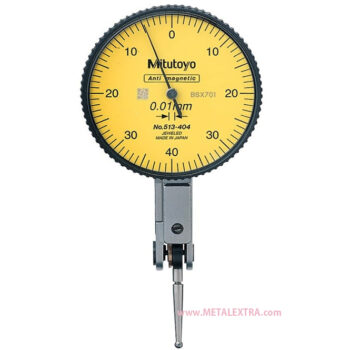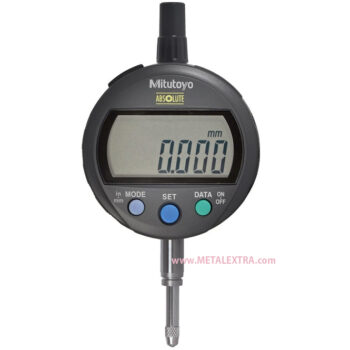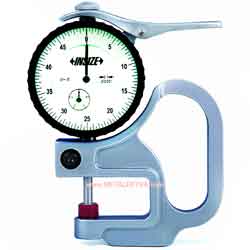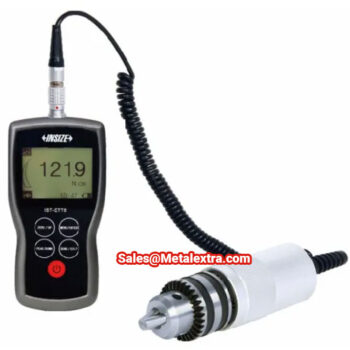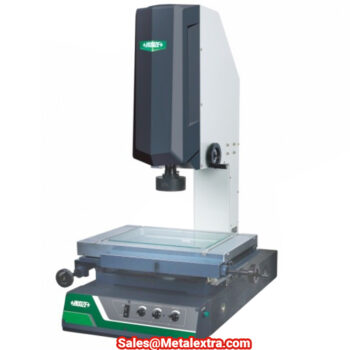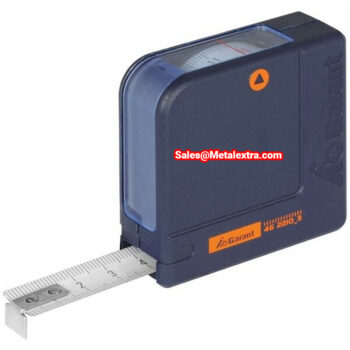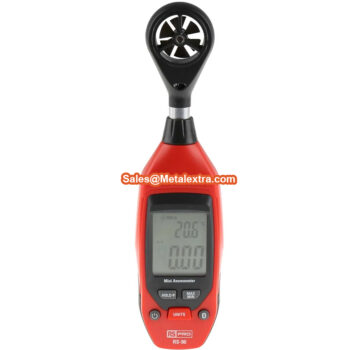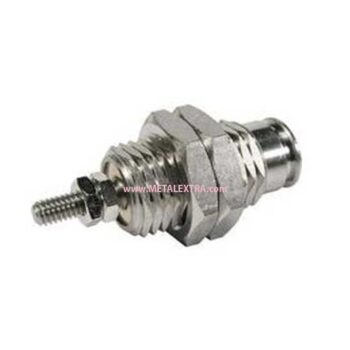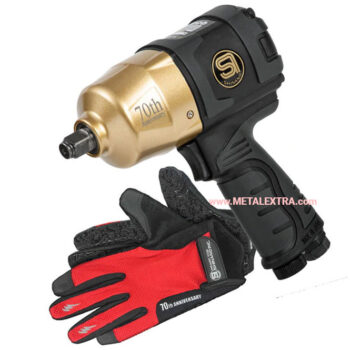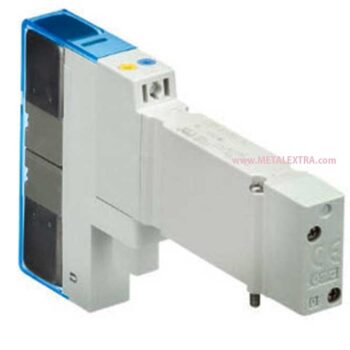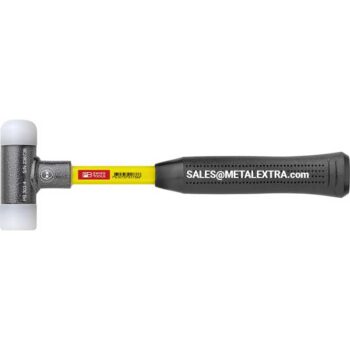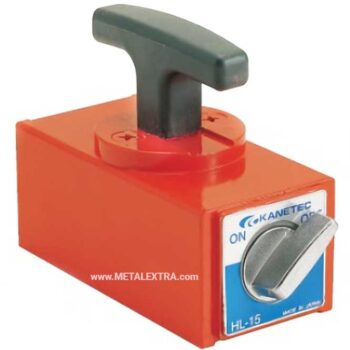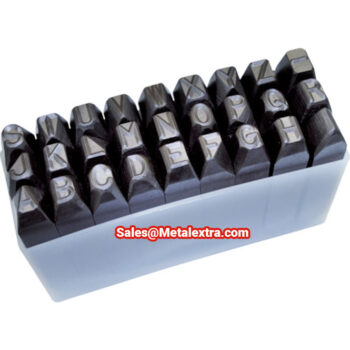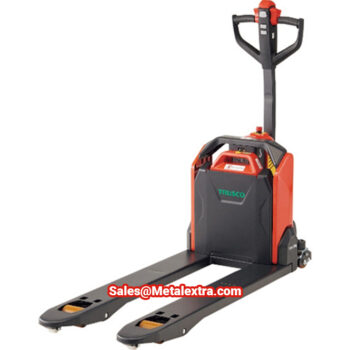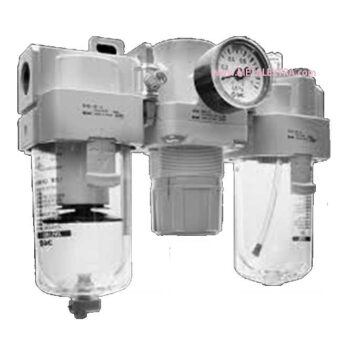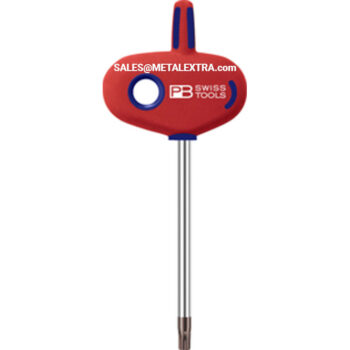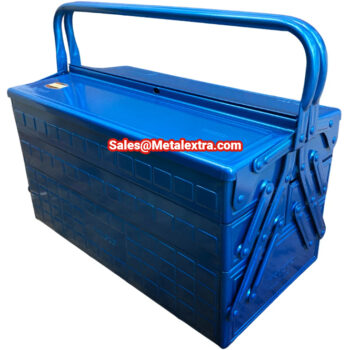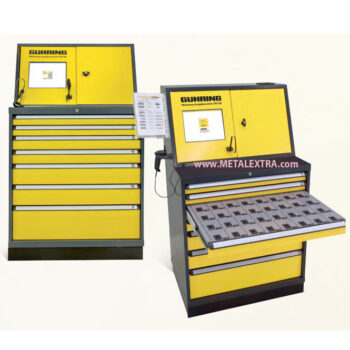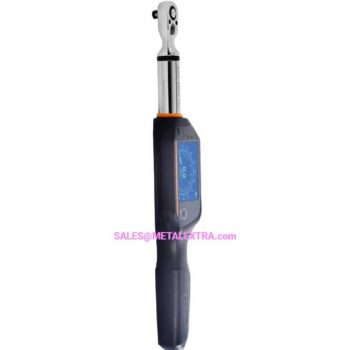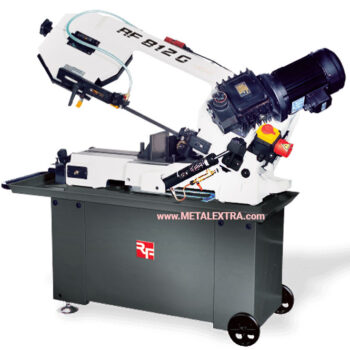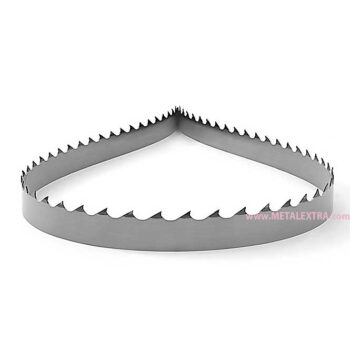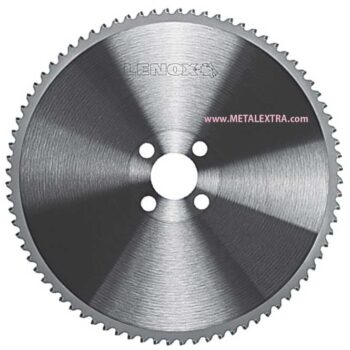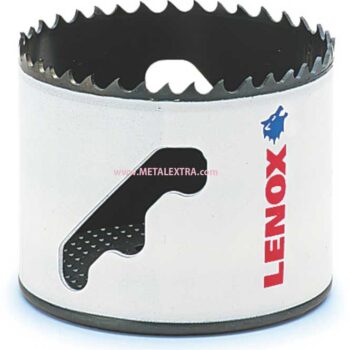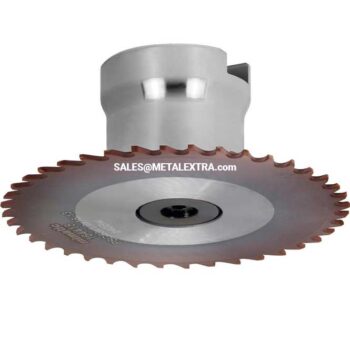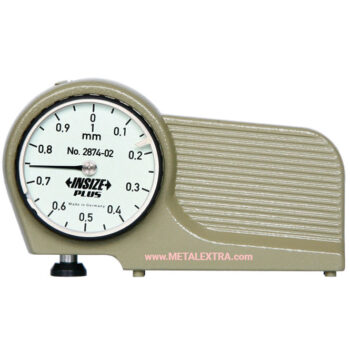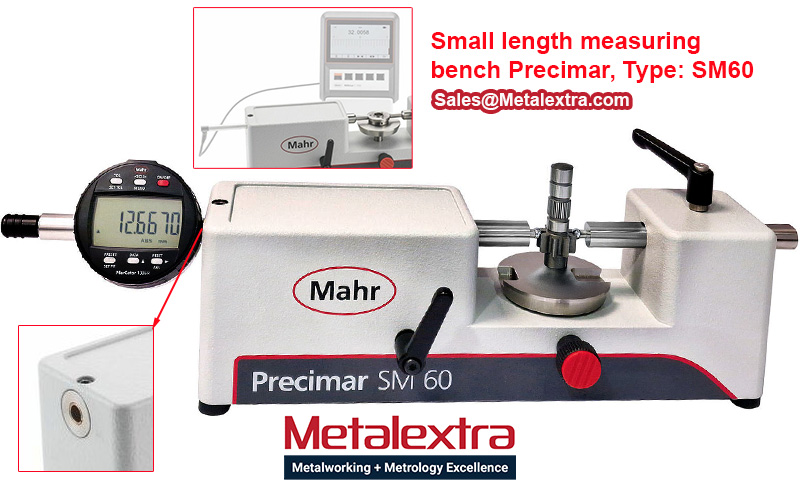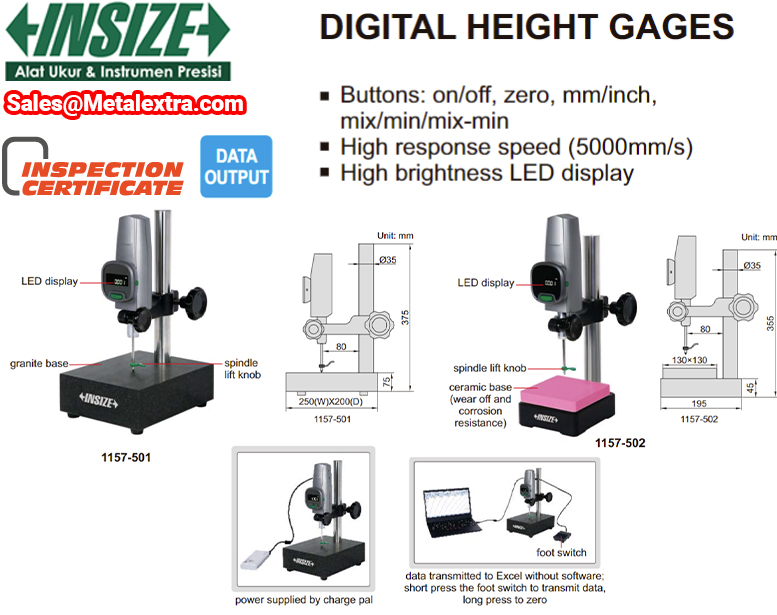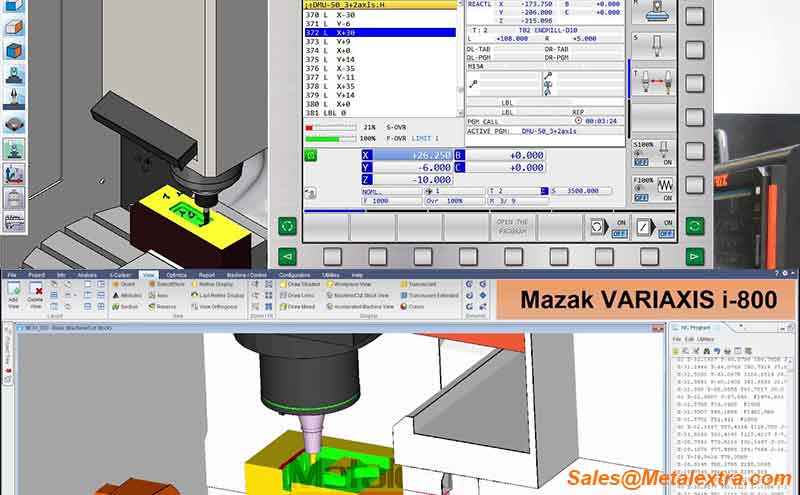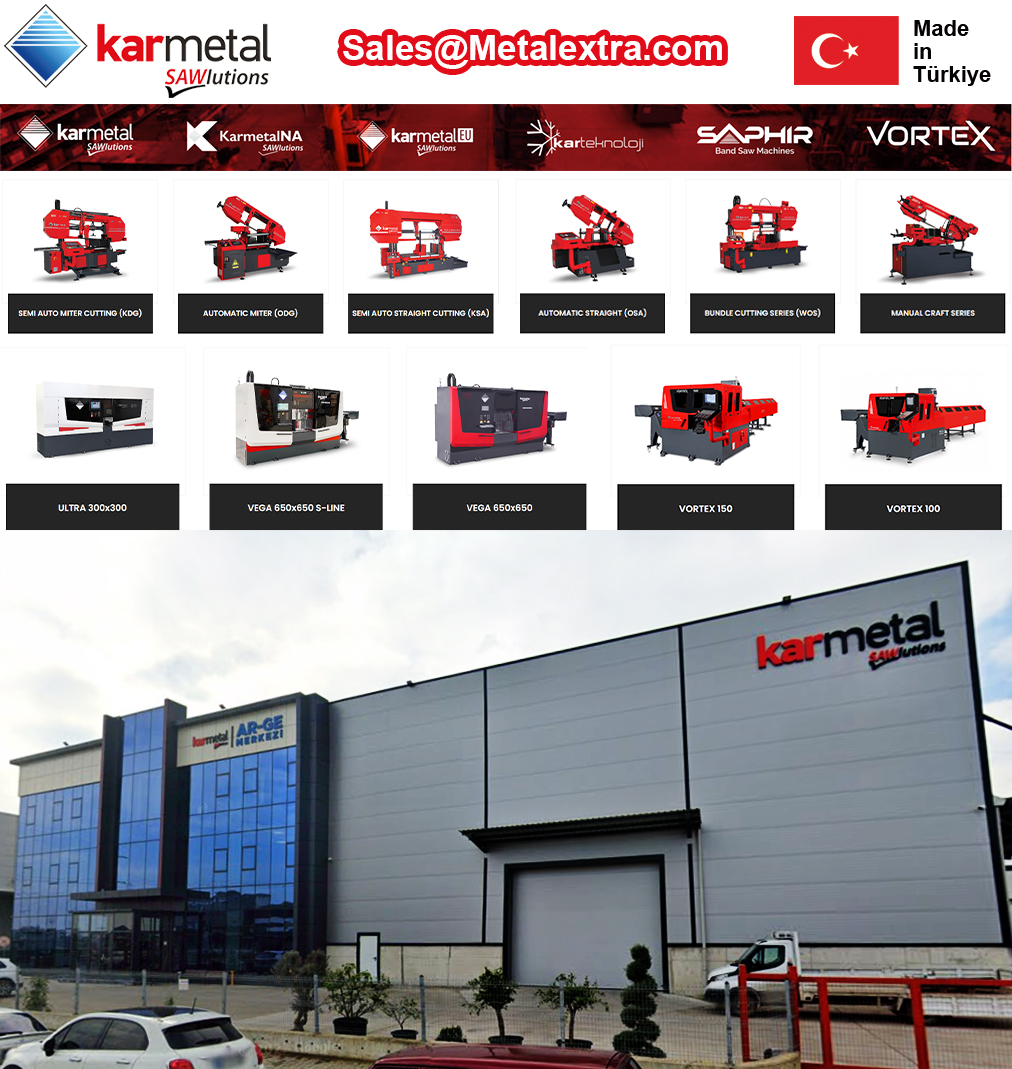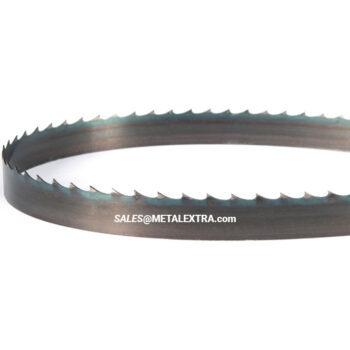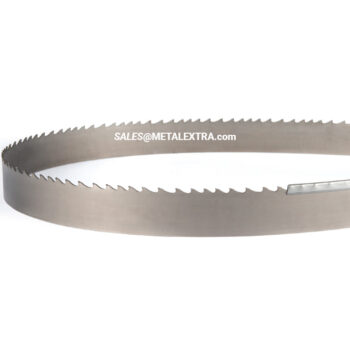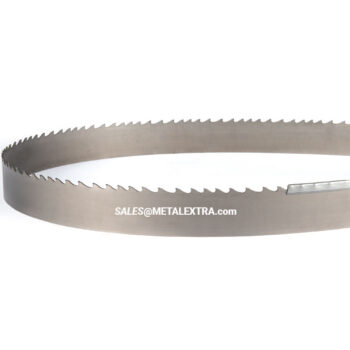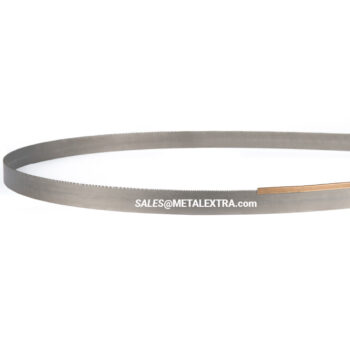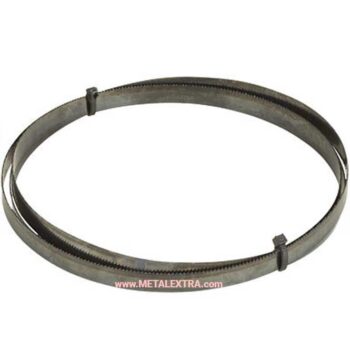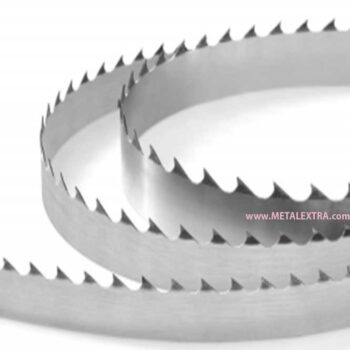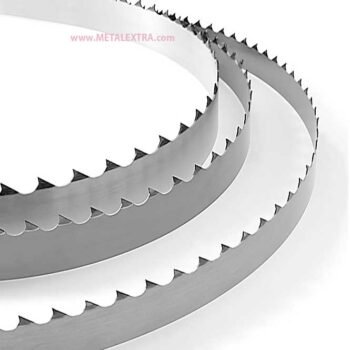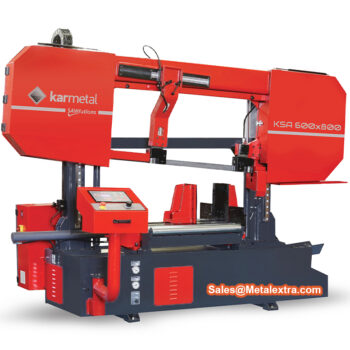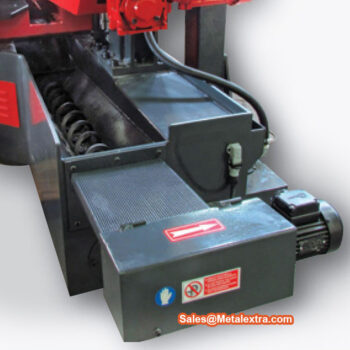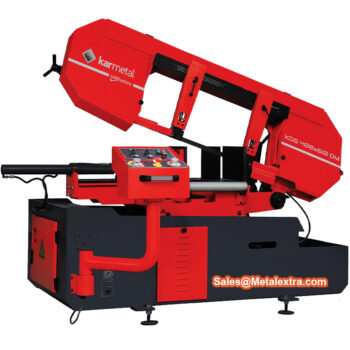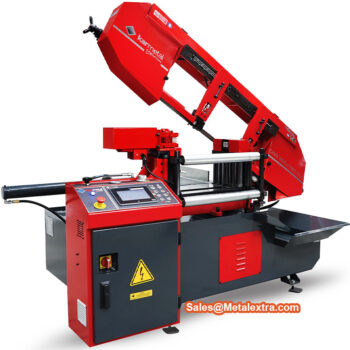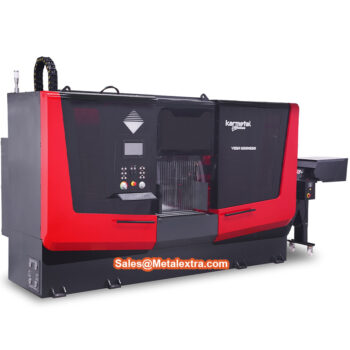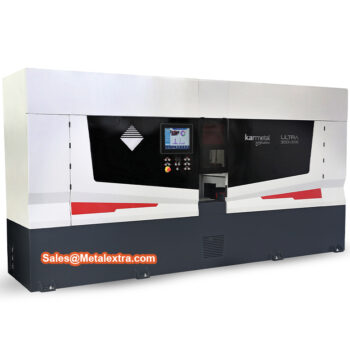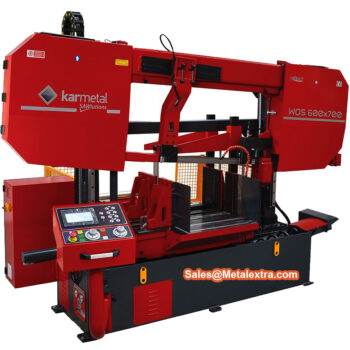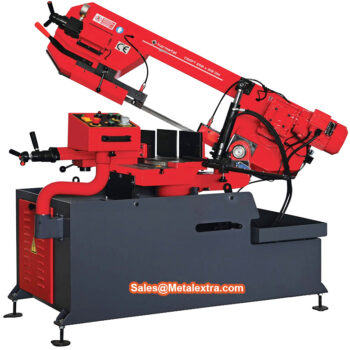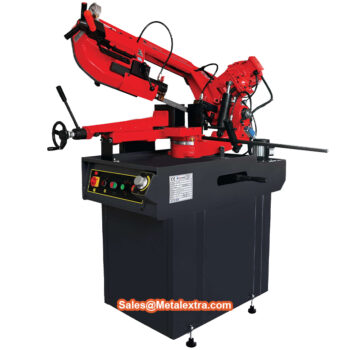Sawing is a process wherein a narrow slit is cut into the work-piece by a tool consisting of a series of narrowly spaced teeth, called a saw blade. Sawing process is basically simple: As the blade moves past the work, each tooth takes a cut. Depending on the thickness or diameter of the work, the number of teeth cutting at one time varies from two to ten or more. Saws may be of the continuous cutting (band or rotary) or reciprocating type.
Sawing tool consisting of a tough blade, wire, or chain with a hard toothed edge. It is used to cut through wood, metal, artificial composites and stone. The cut is made by placing the toothed edge against the material and moving it forcefully forth and less forcefully back or continuously forward. This force may be applied by hand, or powered by steam, water, electricity or other power source. An abrasive saw has a powered circular blade designed to cut through metal or ceramic.
Sawing is used to separate work parts into two or more pieces, or to cut off an unwanted section of a part. These processes are often called cut-off operations and since many manufacturing projects require cut-off operations at some point in the production sequence, sawing is an important manufacturing process.
Saw blades have certain common characteristics and terminology:
Rake angles: Rake angles are 0 degrees or neutral rake on most saw blades. Some have a positive rake angle.
Width: The width of a saw blade is its total width, including the teeth.
Set: The set of a saw blade means the offsetting of some teeth so that the back of the blade clears the cut. The “raker” set is most frequently used and is furnished with all hacksaws and band saws unless otherwise specified.
Kerf: The kerf is the width of the cut made by the saw blade or the material cut away. The thickness of the blade is called the gage.
Pitch: The pitch of a saw blade is the distance between the tops of two adjacent teeth. This is specified in teeth per inch.
Saw Blade Base Material
Saw blades are made from various materials, including:
Carbon steel: General utility for small lot, low-speed work. The least expensive blade, these may have a hard “back” for greater wear.
High-speed steel (HSS): This costs two to three times as much as carbon steel, but it is much longer wearing and is a necessity for the “difficult-to-machine” metals.
High-speed edge: This is a carbon steel blade, which has a narrow strip with HSS teeth welded on. This is a tough blade, intermediately priced, and widely used for most materials.
Tungsten carbide-tipped blades: Available in a few sizes. Used only on large, very rigid sawing machines for high-production sawing of difficult materials.
Saw Blade Selection
The process of choosing the best sawing blade for a particular job must start with an evaluation of the material to be cut. Such factors as hardness, machinability, cross-sectional shape and area must be considered.
After the material to be cut has been properly identified, the selector on the machine can be used to help select the proper blade and cutting speed, tables and selectors are helpful, but the operator often must make choices that affect the three variables present in every sawing operation: cutting rate, tool life and accuracy. Generally, increasing any one variable results in a decrease in one or both of the others. For example, an increase in cutting rate always reduces tool life and may affect accuracy.
Sawing Equipment
In most sawing operations, the work is held stationary and the saw blade is moved relative to it. As shown above, there are three basic types of sawing operations, according to the saw blade motion involved.
Hacksaw Method
-
Manual hacksaw: Traditional form of sawing which involves a linear reciprocating motion of the saw against the workpiece. This method of sawing is often used in cut-off operations and worked with hand tools. Cutting takes place only on the forward stroke of the saw blade. Because of this intermittent cutting action, hacksawing is less efficient than other sawing methods. Hacksawing can be done manually or with a power hacksaw. A power hacksaw provides a drive mechanism to operate the saw blade at a desired speed and feedrate.
-
Power hacksaw: The power hacksaw is the original and least expensive saw for the work. These saws work the same as a hand hacksaw: They cut on the forward stroke and then lift slightly so that the blade does not drag on the return stroke. The size of a power hacksaw is the cross section of the largest piece of stock that it can cut. Typical sizes are 6×6 inches to 24×24 inches. The motors used will vary from 1 to 10 hp.
Bandsaw Method
-
Vertical bandsaws: For cut-off and other operations such as contouring and slotting. involves a linear continuous motion, using a bandsaw blade made in the form of an endless loop. The bandsaw provides a pulley-like drive mechanism to continuously move and guide the bandsaw blade past the work. This designation refers to the direction of saw blade motion during cutting.
-
Horizontal bandsaws: For cut-off operations as alternatives to power hacksaws. The bandsaw provides a pulley-like drive mechanism to continuously move and guide the bandsaw blade past the work.
Band Sawing Operations
The types of work described here account for most of the band sawing operations used in metalworking.
Cut-off Sawing — Although cut-off sawing can be done on any type of vertical or horizontal bandsaw, the majority of cut-off sawing is done on powerful horizontal machines. A variety of workholding devices and fixtures can be used to hold tubing, angle iron and other shapes.
Blade selection is important in terms of economy and the finish on the material being cut. The precision tooth type blade is used extensively with the recommended pitch ranging from 10 teeth per inch for sections up to 3/8″ thickness to four teeth per inch for material over 3″ thick. Manufacturers’ manuals should be consulted when heavy cuts are being attempted. The claw tooth type of blade is used when cutting some tough steels because the tooth penetrates the surface of the work more easily.
Stock feeders are often used on cutoff machines, along with an indexing mechanism that allows the operator to automatically repeat cuts of pre-selected lengths. Almost all cut-off operations are done with a liquid coolant delivered to the saw cut by a pump.
Contour Sawing — Contour sawing, both internal and external, is one of the most versatile operations that can be done with a bandsaw. It may range from simple shapes cut on a fractional horsepower machine to complex internal cuts made with tilting table machines. Blade selection is important when cutting complex contours, especially when small radii or corners are involved. Select the widest blade that will allow turns of the proper radius.
For internal work, a hole must be drilled so that the blade can be passed through it and re-welded. For plain contouring, the hole is drilled perpendicular to the face of the workpiece. When the internal shape has corners, holes must be drilled at the corners so that the blade can be turned and the cut started in another direction.
Friction Sawing — Friction sawing is a unique process. A bandsaw blade with dull teeth traveling at very high speed, 6000 to 15000 SFPM (surface feet per minute), is used to cut both hard and soft ferrous metals. Friction sawing works particularly well on metals that have poor heat conductivity because the heat-affected zone remains very small. It is the fastest method of cutting ferrous metals less than 1″ thick.
As the blade contacts the work, the metal at the point of contact immediately becomes white hot and is carried out by the teeth. The blade itself remains relatively cool because during its operating cycle it is in contact with hot metal for only a short time.
Band Saw Machine KARMETAL Automatic Bandsaw VEGA 650×650 (Motor; 10 HP/7,5 kW, ~ 1.500 rpm) Angle 90°; 650 x 650mm
Band Saw Machine KARMETAL Automatic Bandsaw ULTRA 300X300 (Motor; 28 HP, 21 kW, ~ 1500 rpm) Angle 90°; 300 x 300 mm
Band Saw Machine KARMETAL Bundle Cutting Bandsaw WOS 600×700 (Motor; 7.4 HP, 5.5 kW) Angle 90°; 600 x 700 mm![]()
![]()
![]()
Saw Blade Welding
Nearly all vertical metalcutting bandsaws have an attachment for butt-welding blades electrically. It is usually set on the column of the machine at the operator’s left and consists of a blade cutter, a small grinding wheel and the butt-welding machine. The blade welding attachment can be used for making saw bands from bulk sawblade stock or for welding bands that have been cut and inserted into a hole in a workpiece that is to be band-sawed internally.
The importance of making good welds in saw blades cannot be overemphasized. Breakage caused by poor welding, improper joint finishing or improper heat treatment is time consuming and potentially dangerous.
The resistance-type butt welders found on almost all vertical bandsaws operate by causing electrical current to flow through the ends of the bandsaw blade while pressure is being applied. The high resistance where the blade-ends meet causes the metal to become white hot momentarily, and the blade-ends fuse. Provision is made for annealing (softening) the welded joint. As the operator presses the anneal button for a very short time, current flows through the completed joint until the joint heats to a dull red. The joint then anneals as it cools slowly.
Circular Sawing Method
Circular sawing uses a rotating saw blade to provide a continuous motion of the tool past the work. Circular sawing is often used to cut long bars and tubes to specific lengths. The cutting action is similar to slot milling, except that the saw blade is thinner and contains more cutting teeth. Circular sawing machines have power spindles to rotate the saw blade and a feeding mechanism to drive the rotating blade into the work. Shown above is a semiautomatic circular saw.
Bandsaws as well as circular saws have advanced to be highly automated and many of their functions are computer controlled.
Cold Sawing Method
Most cold saws, regardless of size, consist of a, base; drive mechanism, blade arbor, vise, feed mechanism, and necessary guards and switches. On some small saws the blade is fed into the work by hand.
On larger machines the feed mechanism is pneumatically or hydraulically operated. The operator controls the rate of feed.
The base of the machine or the vise can be swiveled to make angular cuts. In some cases, two machines can be set up on a single work stand for production.
Cold Saw Blades — Blades smaller than 18″ in diameter are cut directly in the rim of the saw disk. For cutting soft materials, the teeth are spaced farther apart, as in the case of bandsaw and power hacksaw blades, so that the gullet (the space between the teeth) will be large enough to accommodate large chips. When cutting thin tubing or other thin materials, use saw blades with closely spaced teeth to avoid chattering and tooth breakage. Cold saw blades with teeth cut directly on the periphery of the disk may be made of high-carbon or high-speed steel.
Larger blades usually have segmented teeth. The body of the blade is made of rough, resilient alloy steel, and the inserted teeth are made of high-speed steel or tungsten carbide. The individual teeth or segments of three or four teeth are wedged or riveted to the blade and can be easily replaced if a tooth is damaged or broken. Larger cold saw blades can cut a kerf as wide as 1/4″ and remove metal rapidly.
Which type of cutoff saw to buy?
Cost: A hacksaw is much less expensive, often about half the cost of a band saw of equal size and power.
Saw blades: The hacksaw blades may cost one-half to one-quarter the price of a bandsaw blade. However, the hacksaw will become dull in one-half to one-quarter the number of cuts that the band saw will make. The hacksaw blade is almost unbreakable and is somewhat less likely to have its teeth stripped off by hard spots in the material being cut.
Kerf: The bandsaw blade is thinner than the hacksaw blade, especially for the larger sizes. Thus less metal is wasted in the cut. However, this “saving” is often lost because of the 2″ to 6″ long “stub end,” which is thrown into the scrap bin when the bar of stock is used up.
Speed: The bandsaw will cut off stock up to twice as fast as the hacksaw. However, it takes more care and more time to change bandsaw blades, adjust saw guides and regulate feeds. Thus, less-experienced operators can use the plain hacksaw.
CONCLUSION
Efficiency and return on investment basically boils down to how you use the chainsaw. Band saws are better for making irregular and curved cuts where circular saws do better with straight line cuts. Job mobility requirements also play a large role in the type of saw you use. If you frequently cut solid metal blocks or coupled bundles such as cast iron rebar at difficult angles, you may need a circular saw for light maneuverability. So which one do you choose?
If you are interested in buying a band saw band saw or just the saw blade or cut-off wheel, please contact us via the online chat in the lower right corner of this website or via email: moc.artxelatem@selas
Source: Metalextra.com Creative Team, This article is a personal opinion in my own media.

